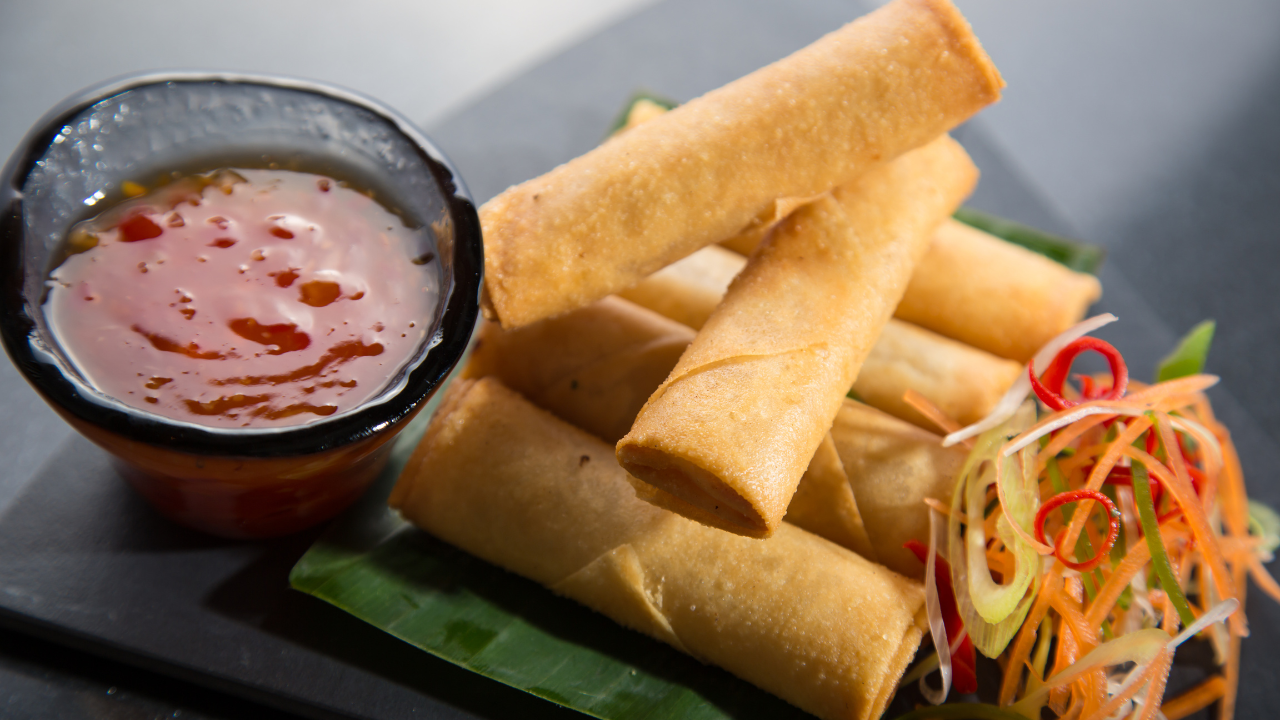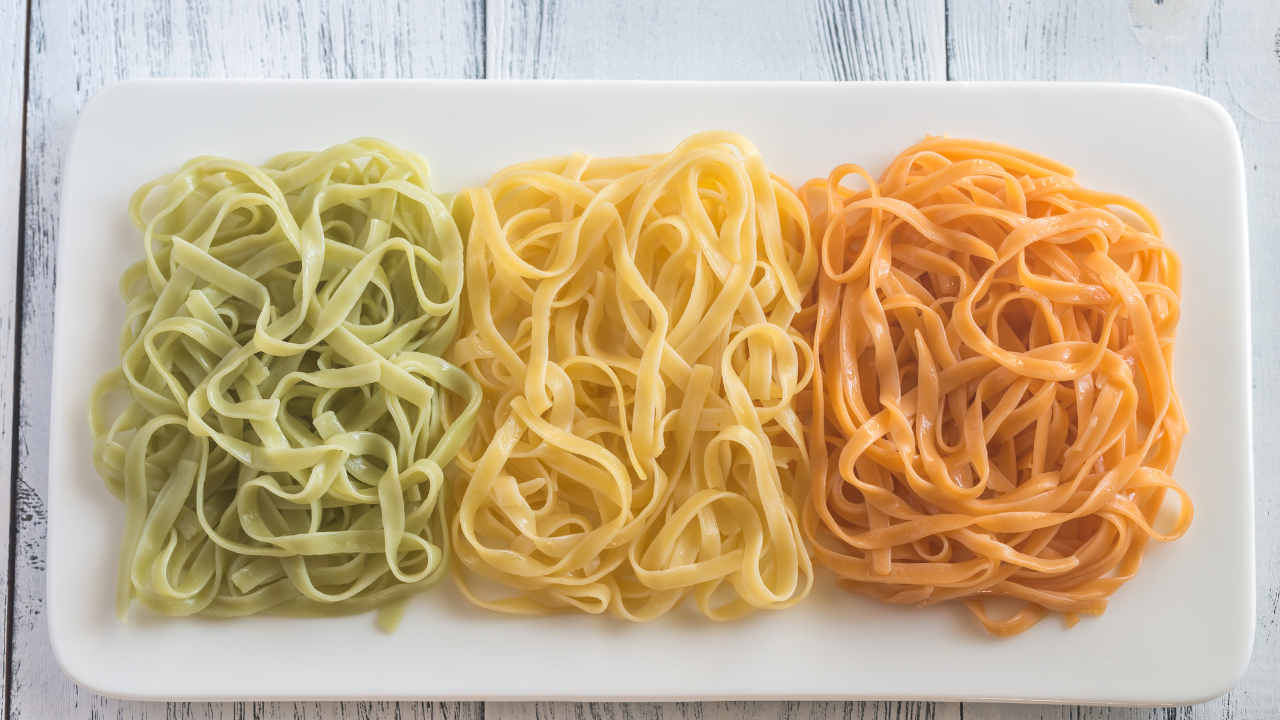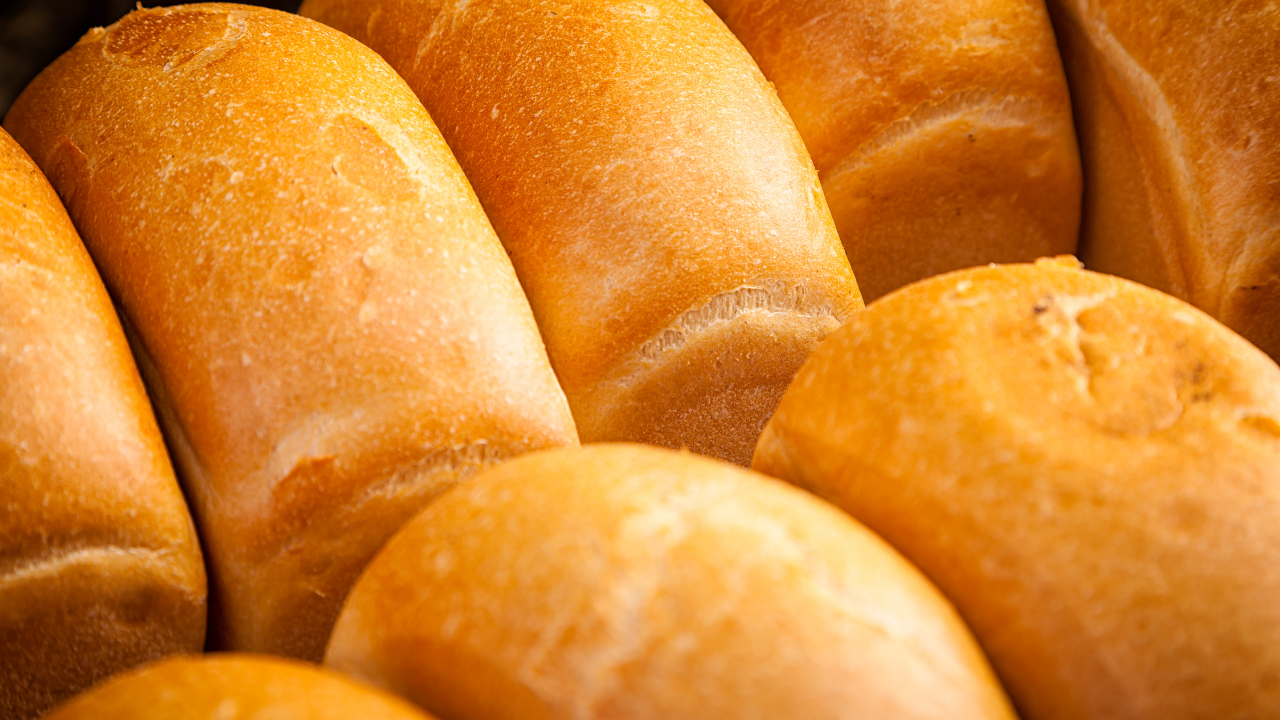Take a delightful culinary voyage as we reveal the mysteries and adaptability of the well-liked semolina roll. We will explore the origins of this special bread and learn about its cultural significance and variety as we travel through its history. Each section reveals a different aspect of the culinary history of the semolina roll, ranging from the influence of Italian customs to the unique role of semolina in dinner rolls and hero sandwiches. Prepare to plunge into a delicious recipe for semolina rolls and follow along as I share personal stories that bring a unique flavor to this culinary journey. This post offers a flavorful adventure into the world of semolina rolls, regardless of your level of baking experience.
Table of Contents
ToggleSemolina Rolls

Semolina rolls are widely used in many culinary traditions, particularly in the Mediterranean area. Their insides are chewy and soft, with a crispy crust. Though they can also be formed into smaller, round rolls, they are typically formed into long, oval loaves. Sesame seeds, spices, cheese, or olives can be added to the dough to create several kinds of semolina rolls.
Origins of Semolina Rolls
Although its exact origin is unknown, some accounts claim that semolina rolls have been around since antiquity. The Romans utilized semolina flour, referred to as simila. They used it to make porridge, cakes, and bread. In the Middle East and North Africa, semolina flour was also a staple grain and was used to produce couscous, pasta, and other.
Semolina Roll Recipe
Semolina roll preparation is not hard, but it does take some patience and time. This is a simple recipe that you can use:
Ingredients
- 1 cup all-purpose flour
- 3 cups semolina flour
- 2 teaspoons salt
- 2 tablespoons olive oil
- 1 1/4 cups warm water
- 2 teaspoons active dry yeast
- 1 teaspoon sugar
- 1/4 cup of optional sesame seeds
Get Directions
1. Combine the sugar, yeast, and water in a small basin. Give it a good stir, then leave it for ten minutes or so, or until it foams.
2. Combine the semolina flour, all-purpose flour, and salt in a sizable bowl. Create a well in the middle and add the olive oil and yeast mixture. Using a wooden spoon or your hands, thoroughly mix until a shaggy dough forms.
3. Place the dough onto a surface dusted with flour and knead it for approximately fifteen minutes, or until it becomes elastic and smooth. To get the appropriate consistency, you might need to add a little extra flour or water. Though not sticky, the dough should be soft.
4. Put the dough in a basin that has been lightly oiled and cover.
Italian Semolina Roll

The Italian semolina roll, sometimes called _panini di semola_ or _panelle_, is one of the most popular varieties. Usually, these rolls are used to make sandwiches, like the traditional _panino_ made with cheese, ham, and tomatoes. The dinner roll and the hero roll are the two primary varieties of the Italian semolina roll.
Semolina Roll Dinner
Small and spherical, semolina dinner rolls are frequently offered as an accompaniment to soups, salads, or pasta dishes. Its crumb is light and airy, and its crust is thin. Typically, a little amount of all-purpose flour and a large proportion of semolina flour are used to make it. Certain recipes also call for eggs, butter, or milk.
Semolina Hero Roll

Large and oval in shape, the semolina hero roll is perfect for sandwiches, particularly the _hero_ or _submarine_ sandwich. Its crumb is dense and chewy, and its crust is thick. Typically, more all-purpose flour is used in its preparation and less semolina flour. To improve the flavor and texture of the dough, some recipes additionally call for adding honey, malt, or vinegar.
My Personal Experience with Semolina Rolls
A few years ago, I went to Italy and had my first taste of these rolls. How delicious and adaptable they were astounded me. I liked them with cheese, lettuce, pesto, salami, and other stuff. They were also tasty simply, served with jam and butter. They had a great nutty flavor and were always crisp and fresh.
I decided to bake my own semolina rolls when I got home. I was astonished by how straightforward it was to follow a basic recipe I discovered online. The only difficulty I had was locating semolina flour—which my neighborhood grocery shop did not carry. It was worth ordering online, though. I prepared some semolina rolls and gave them to my loved ones. They were all enamored with them and requested the recipe.
I’ve made these rolls multiple times since then, experimenting with different components and forms. I have also experimented with different varieties of semolina breads, like the Turkish _simit_ and Moroccan _khobz_. In addition to discovering new tastes and textures, I have gained a lot of knowledge about the origins and traditions of semolina flour. I love to make and consume semolina rolls, which have become one of my favorite breads.
Conclusion
There are numerous methods to savor the tasty and adaptable semolina rolls. They have a lengthy and fascinating history and showcase the variety and inventiveness of various culinary traditions. They are simple to prepare at home and may be tailored to your tastes and events. Semolina rolls, whether they are used for sandwiches, soups, or snacks, are a wonderful way to bring both tradition and creativity to your table.
FAQs
Q: Where did the semolina roll come from?
A: Investigate the origins of these roll and learn about its cultural importance.
What is the role of semolina in Italian semolina rolls?
A: Examine the finer points of Italian semolina rolls, taking into account their historical influences and recipes.
Why is semolina the perfect ingredient for dinner rolls?
A: Discover how semolina enhances the texture and flavor of dinner rolls, making them a popular choice.
Q: What is a semolina hero roll, and how is it versatile?
A: Learn about semolina hero rolls, their use in sandwiches, and the versatility of semolina bread.
Q: Can I try making semolina rolls at home?
A: Absolutely! Find a step-by-step recipe of these roles for a delightful baking experience.
How is the personal touch incorporated into the article?
A: Provide a relatable element by delving into the author’s personal experiences with semolina rolls.
What salient features are enumerated in the conclusion?
A: By showcasing the adaptability of semolina rolls, the conclusion entices readers to investigate and try new things in their own kitchens.

Meet Misha Mehboob, a passionate food enthusiast and computer science student from Sargodha University. Misha’s culinary journey is fueled by her love for exploring new flavors and experimenting in the kitchen.
At CrispyEatHub, Misha shares her creative recipes and practical cooking tips to inspire fellow food lovers on their culinary adventures. From quick weeknight dinners to indulgent desserts, there’s something delicious for every palate.
Join Misha as she combines her love for food and technology to create mouthwatering dishes that delight the senses and bring people together. Let CrispyEatHub be your go-to resource for culinary inspiration and delicious recipes that make every meal memorable.

